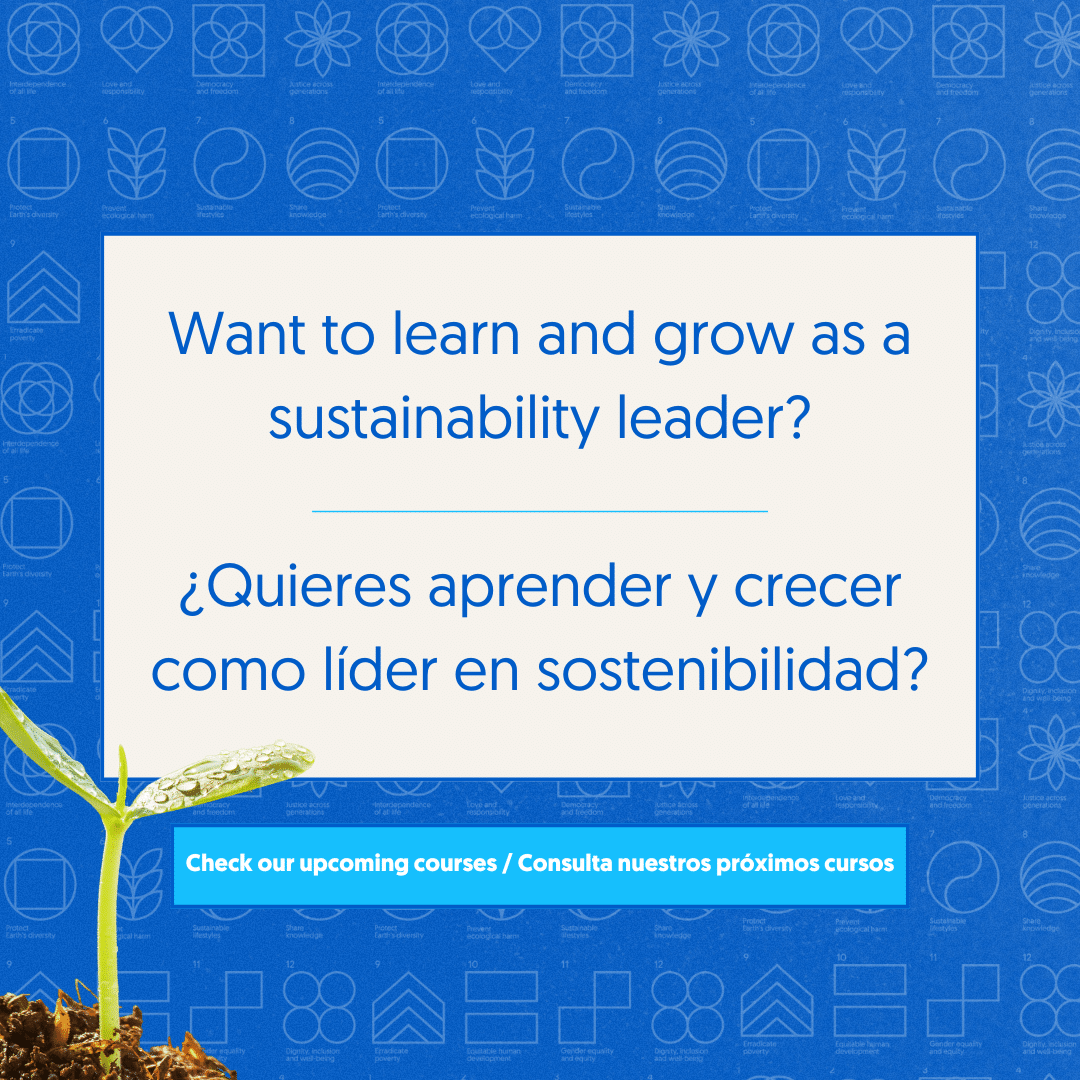Essay by Sam Crowell, 7 February 2022
My journey with these ideas began more than thirty years ago, at a time when many intellectuals along with a growing number within the sciences recognized that a shift in our worldview could no longer be ignored. Some have referred to what was happening intellectually and socially as a change in consciousness; others would call it a turning point, a new age. Whatever the designation, it signaled a time of social, cultural, scientific, and spiritual transition.
What is undeniable is that the fundamental assumptions that had provided a sense of certainty and control over how we view life and reality were no longer fully justifiable or supported by science. There were questions and indications that the picture of reality that had guided science and society over the past four hundred years had been turned upside down. There were simply too many scientific anomalies that contradicted previous “truths.” There were too many indications that a different picture of reality was emerging.
All modern institutions and almost all of our knowledge had been systematized and organized around these “truths.” It was reflected in our language, our definitions of problems and issues, as well as our solutions.
In education for example, if we believe that our world is “divided” into objects that are basically “unconnected”, then we will tend to divide curriculum into “separate” subjects, isolated topics, and subject matter into discrete, linear units and measurable skills. Conversely, if we were to perceive the world to be connected in fundamental ways, instructional and curricular decisions are likely to be very different.
For more than a century, science has been shifting away from the notion that reality can be described fundamentally as discrete things, or that the physical universe is unconnected, can be isolated, or that separateness can exist anywhere. This kind of world does not exist – except in our metaphors, our social structures, and our perceived ways of thinking and being.
During the time these scientific understandings were entering social awareness, Indigenous elders were also deciding that it was the time to share with the larger world the wisdom passed down through their stories and prophesies for thousands of years.
In line with the time of their various prophesies, many Earth-based peoples began to come together in dialogue to consider communicating their common knowledge of the way things are, and what is needed during this time.
Their message was open-hearted and its content was noticeably consistent with new understandings being consolidated by science. It was like two separate fingers pointing in the same direction – one centered on understandings from the heart and an inner recognition of humanity’s place in nature; the other focused on synthesized, empirical studies and mathematics that challenged the mind.
Both offered a similar picture. Indigenous wisdom emphasized a return to a re-enchanted relationship with Mother Earth. The new sciences confronted the paradoxes that challenged traditional rationality but opened up creative possibilities untapped by mechanistic understandings of life. Important themes emerged although they came from different perspectives and reflected different ways of knowing.
- Everything in the universe is in relationship. These relationships are constantly moving, changing, and creating new patterns. It is impossible to isolate or separate anything.
- Relationships are bound within complex interconnected networks such that everything affects everything. Interconnection is not linear or sequential, or even directly causal.
- There are unities within unities within unities that result in self-similar patterns in which the whole is reflected in every part – all contained within an infinite mystery.
- The natural and physical universe is more descriptive of an organism than a machine. Its processes are more lifelike than mechanical.
- Consciousness exists.
These understandings are not merely shifts in knowledge categories, they have implications for every human decision, every social institution, for every discipline and field of study. The ways we view reality and situate ourselves within the context of that worldview hold the keys to the future. Discovering where we fit within this worldview and creating a human culture that extends it into every aspect of life is a cultural imperative tied to our very survival.
Survival, though is not the most important end result. This worldview offers the possibility of a human renaissance and a planetary identity that goes to the heart and core of who we are and what we may yet become. This is the greater vision of hope that transcends the fear of not surviving. It is a different kind of imperative, one that includes the heart.
The imperative of a new worldview touches upon every social construct of our lives and pierces our inner world as well, where beliefs, values, meaning, and purpose reside. Importantly, it is a creative imperative. The positive re-making of the world as we know it inspires a new way of living and being. It can energize daily existence as if we have been sleepwalking through life. Bringing a new worldview into being is life-affirming work.
For me, the Earth Charter embraces an interconnected view of the world. As our perceptual reality shifts toward a holistic, relational, planetary identity, we may feel more and more out of place within the mechanistic structures we now inhabit. Courage and community will be necessary attributes going forward. This is the personal and cultural imperative of our time. And so it is.
Sam Crowell
Read more
Close description

Sam Crowell is professor emeritus from California State University, San Bernardino. He serves as a faculty member of the Earth Charter Education Center for Sustainable Development and has been engaged in the Earth Charter movement for several years. He founded the MA in Holistic and Integrative Education and is a founding member of the Network in Spirituality and Education. He is the former director at the Center for Research in Integrative Learning and Teaching and has been an elementary teacher, a principal, and a school administrator. He has a PhD on Education from University of Virginia. His books include Emergent Teaching: A Path for Creativity, Significance, and Transformation (2013), The Re-Enchantment of Learning (2001), Mindshifts (1994), and two e-books on Earth Charter Pedagogy (2018).
Sam’s books:
Emergent Teaching: A Path for Creativity, Significance, and Transformation
The Re-Enchantment of Learning
Earth Charter Pedagogy: Integrating Peace Education and ESD
Earth Charter Pedagogy 2.0 : New Understandings of Emergence Applied to ESD







